Water shortage during summer and the possible solution

The majestic Ayeyarwady river is the lifeblood of Myanmar. This free-flowing river feeds the country's population, before draining into the delta region where agriculture is the main source of income. However, communities in this region are experiencing water shortages, writes Naung Naung.
My village is called Yae Thoe. It is found on the hills that are located about 10km from the Ngwe Saung beach in the Ayeyarwady river delta. Here, migrants and Karen groups — an ethnic minority community — live in various small settlements. Logging, tree harvesting, and charcoal production are the main sources of income for the locals.
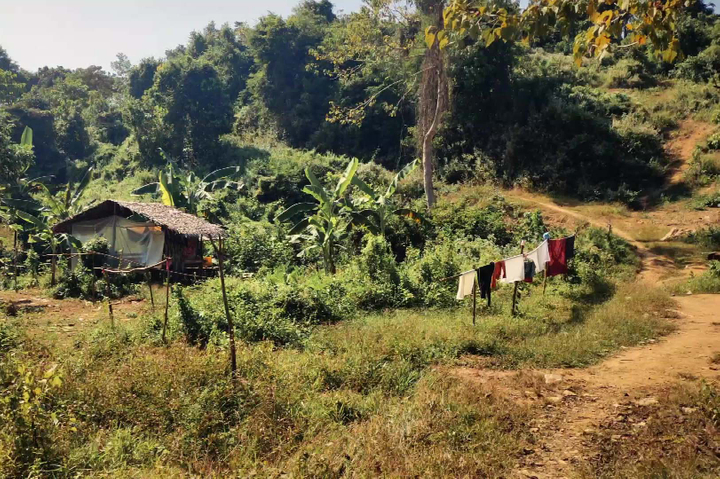
Most ethnic groups live in mountainous areas, where they have to deal with elephants that are wreaking havoc on their farms. But they are also vulnerable to natural calamities such as farmland destruction and water shortages during the hot summer season in March and April.
Yae Thoe has roughly 100 homes and a population of around 500 people. They use torrent water from the mountain for drinking and for their everyday domestic needs. They transport the water from the stream with buckets to use it in their homes.
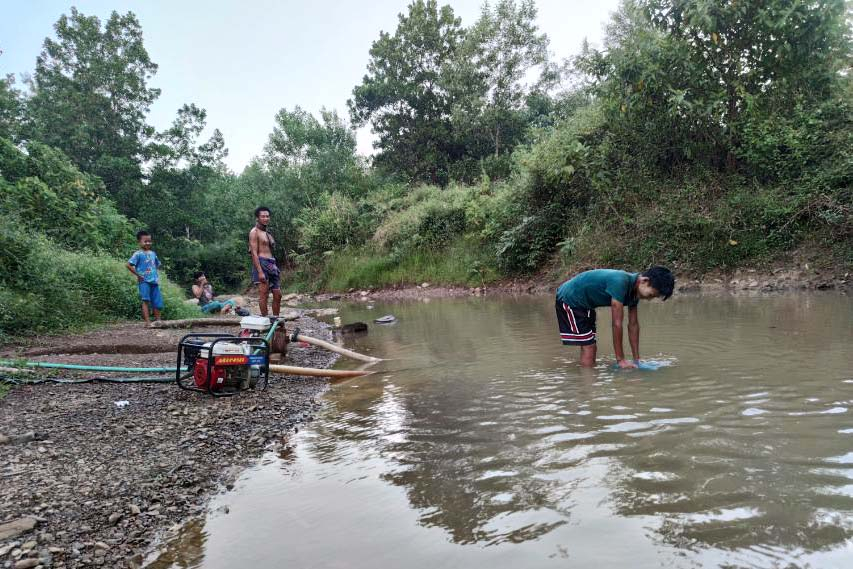
Water shortage
"Our mountain torrent will soon dry up," says Daw Mya Ownn, one of the locals from my village. " We need to put up a land blockade while this is going on. We'll have a terrible time getting water if we don't do so," she explains.
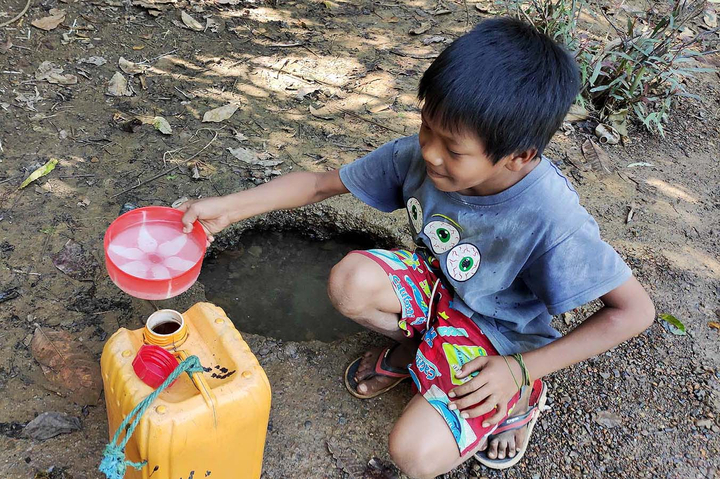
Ma Ohamar, another villager says: "When a creek runs dry, we dig it up by hand and get water from it. We get only a small amount of water from the hand excavated hole. We have to wait for water if we utilize a hand-dug hole. We can only take one cup of water at a time. We get only four water buckets from a manually dug hole. We don't even get that if there are a lot of people. After that, we must sit and filter each cup. There will be no water if we don't restrict water usage."
Water evaporates fast in summer, and the springs dry up. As a result, villagers can go without water for four months. One of the causes of water scarcity is the high rate of deforestation in the highlands, which has resulted in the destruction wetlands, which has led to water drying up.
On the other hand, residents have no idea on how to protect water supplies. This has worsened the problem of water scarcity. In addition, digging for water is further made difficult due to the steep terrain.
And despite the water crisis, inhabitants have little idea on how to care for their water supplies. During the summer, rural households spend a lot of time filtering water from the hand-dug wells for drinking and daily use.
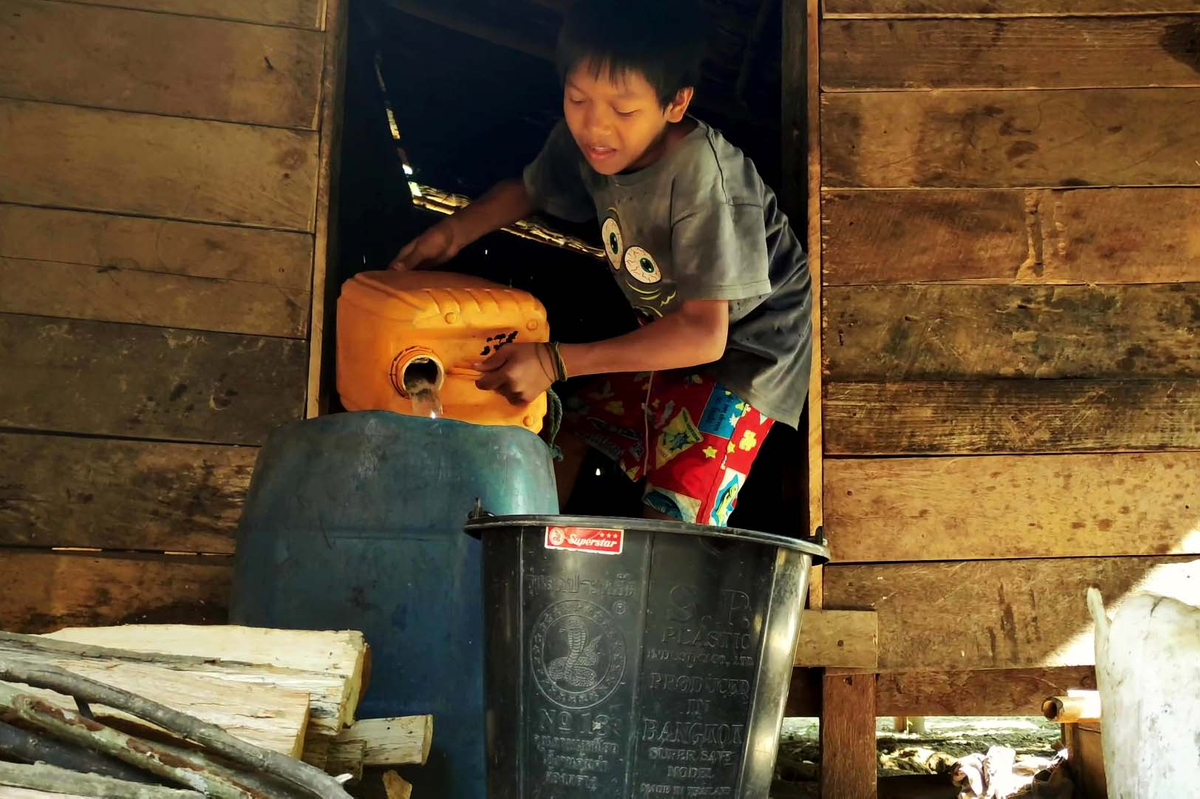
The possible solution
The insufficient supply of drinking water is a big challenge. To alleviate the water scarcity, nonprofits from neighboring cities are donating water on a weekly basis. However, this is not a long-term solution to the challenges of water scarcity and forest destruction.
The people would like to get assistance from government agencies in terms of maintenance system support. This is in addition to forming partnership with local people in Yae Theo village to conduct water access studies and apply systematic conservation methods. Then there should be an effort to raise awareness.
This will enable local residents to better understand challenges caused by the summer water shortage, thereby be able to identify ways to obtain water. This way, they will be in a position tackle the local water scarcity concerns by addressing them in ways that conserve local water resources.


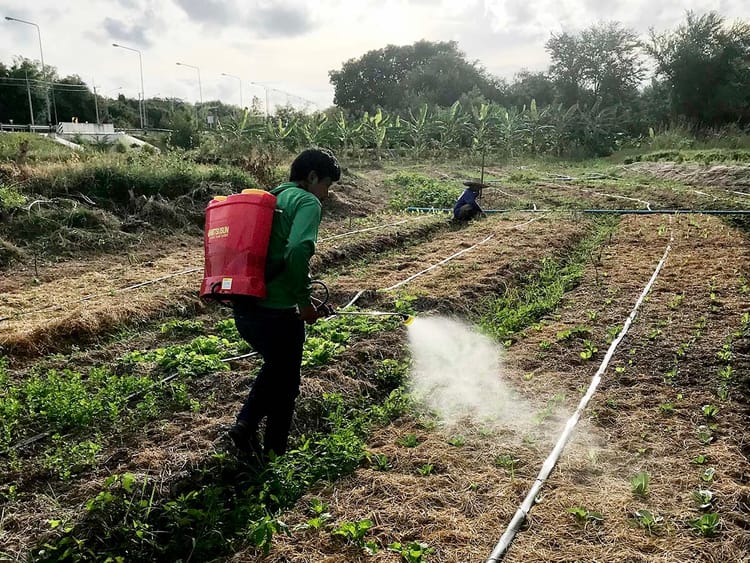



Member discussion